MS-ESS3-3
Apply scientific principles to design a method for monitoring and minimizing a human impact on the environment.
-
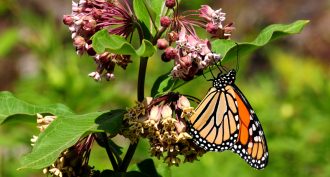 Animals
AnimalsSalted butterflies
The salt used on winter ice can alter the bodies of summer's butterflies. Males develop larger muscles and females get bigger brains.
-
 Animals
AnimalsTeen studies water strider disappearing act
As a child, Xidian Zhang loved to play with water striders. Now they’re gone, and pollution may be the reason. This teen’s findings earned him a spot at the 2014 Intel International Science and Engineering Fair.
-
 Earth
EarthThirst for water moves and shakes California
Here’s a scary cost to pumping up groundwater to slake the thirst of crops in California’s Central Valley: It may uplift nearby mountains and trigger tiny earthquakes, experts find.
-
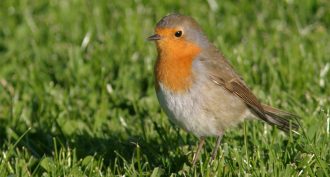 Animals
AnimalsElectronics may confuse a bird’s ‘compass’
Birds use Earth’s magnetic field to help guide them as they migrate. A new study suggests that electromagnetic radiation given off by some electronic devices may act like “noise” and confuse the long-traveling birds.
-
 Tech
TechThe road less worn
Two teens have found a new use for old tires. By grinding them up and adding them to asphalt, the old rubber can create stronger, longer-lived roads. And the bonus: The process recycles tires that might otherwise have been burned, creating pollution.
By Sid Perkins -
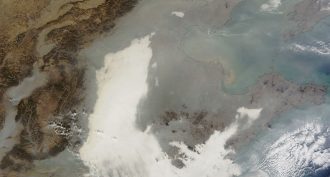 Environment
EnvironmentChina exports pollution alongside goods
Many companies have moved the plants that make their products to developing countries, such as China. But the pollution linked to making those products can travel around the world.
-
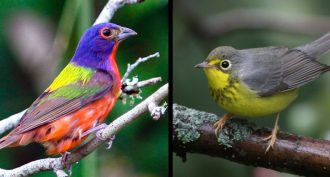 Animals
AnimalsBirds versus windows
Buildings in the United States can be deadly obstacles to flying birds. A new study estimates that as many as 1 billion birds die every year after colliding with windows. And low buildings — not skyscrapers — account for most of those deaths.
-
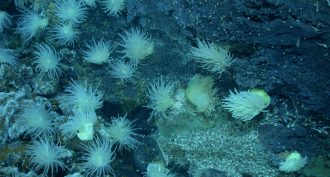 Earth
EarthMining metals amidst seafloor animals
Miners may need to get their feet — and everything else — wet as they carefully seek out loads of copper and other valuable natural resources.
By Sid Perkins -
 Animals
AnimalsFirst living fish leaves ‘endangered’ list
Twenty-one years ago, a minnow facing a high risk of extinction was placed on the U.S. Endangered Species List. With help from scientists, the fish appears to have largely recovered. It’s the first ‘listed’ fish to do so.
-
 Life
LifeCaught in the act
Scientists observe some evolutionary speed demons as they adapt over the course of just a few years to new environmental conditions.
-
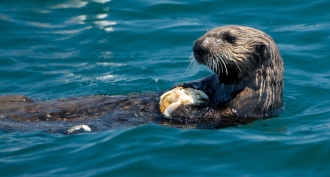 Animals
AnimalsExplainer: People can sicken animals
Wildlife can sometimes become infected with germs shed by people.
-
 Climate
ClimateWatching our seas rise
Satellites, coral reefs, ancient Roman fishponds and sinking cities help us understand how humans are changing sea level.
By Douglas Fox